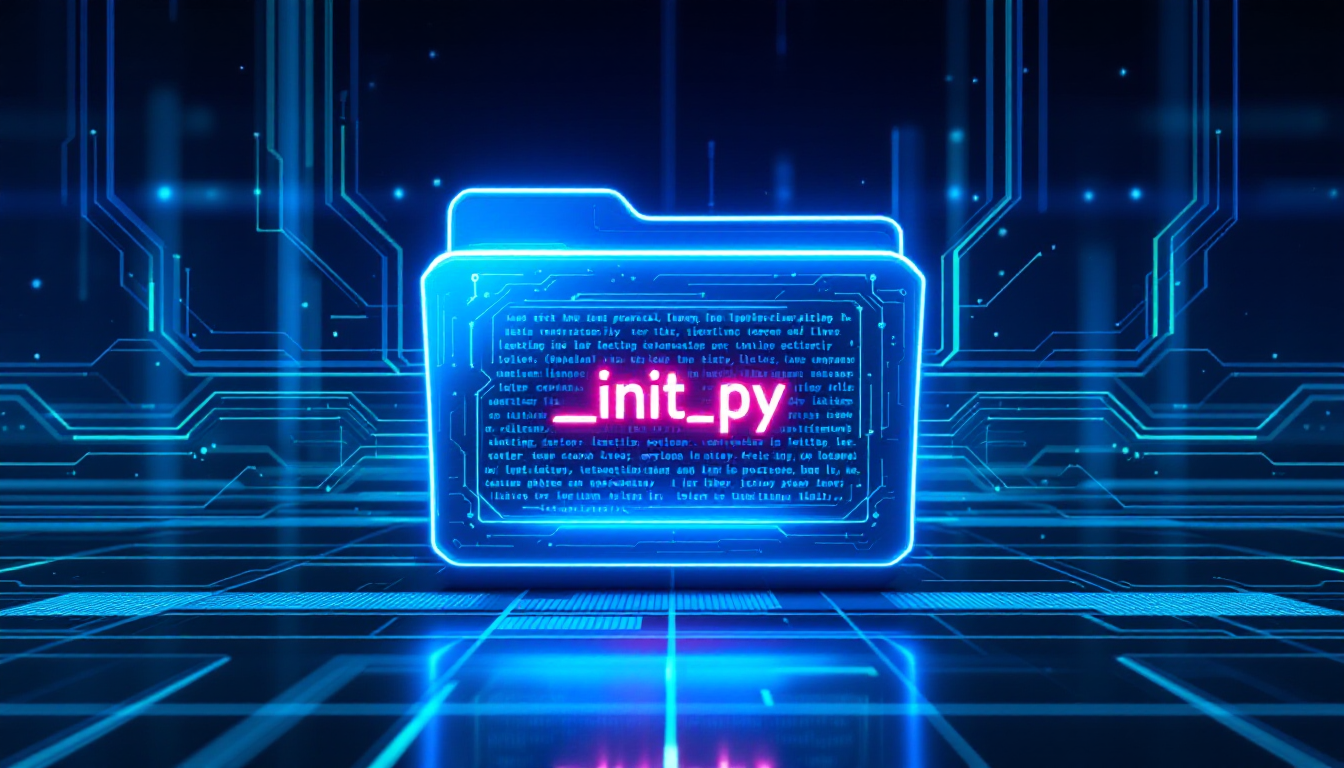Python’s package system is one of its most powerful features, and at the heart of it lies the file: __init__.py.
This article explores everything you need to know about __init__.py, from its historical context to modern best practices, advanced usage patterns, and common pitfalls.
Introduction to Python Packages
A package in Python is essentially a directory that contains a collection of modules (Python files) grouped under a single namespace.
Packages help organize code into manageable, logically separated components. With packages, you can:
- Organize complex projects: Breaking down a large codebase into smaller, maintainable modules.
- Reuse code: Easily share common functionality between projects.
- Improve readability: A well-organized package structure simplifies navigation and understanding of the codebase.
Packages can contain sub-packages, modules, data files, and even configuration files, making them extremely versatile.
Understanding __init__.py
The __init__.py file is the center of Python packages.
When Python encounters a directory with a __init__.py file, it treats that directory as a package.
The file can be empty, but its presence has several important implications.
Package Initialization
When you import a package, Python executes the code in its __init__.py file. This allows you to perform package-level initialization tasks such as:
- Setting up logging or configuration: You can configure settings that will be shared across all modules in your package.
- Initializing variables or states: Establish default values or states for the package.
- Dynamic imports: Decide which modules or submodules should be available in the package namespace.
Defining the Package API
By selectively importing objects in __init__.py, you can control what is exposed to users of your package.
For example, if you have multiple modules but only want to expose a few functions or classes, you can import them here.
Enabling Sub package Inclusion
When packages have subpackages, __init__.py files help in aggregating them under a unified namespace.
This allows you to organize code hierarchically while still maintaining a clean public API.
Historical Context: From Mandatory to Optional
Originally, Python required an __init__.py file in every directory that was meant to be a package.
This file signaled to the Python interpreter that the directory should be treated as a package, not just a folder of files.
PEP 420 and Implicit Namespace Packages
With the introduction of PEP 420, Python 3.3 allowed the creation of namespace packages, where an __init__.py file is not strictly required.
This is particularly useful when a package’s components are spread across multiple directories or distributions.
However, even with implicit namespace packages available, many developers still use __init__.py files to:
- Perform initialization tasks.
- Explicitly control the public API.
- Ensure backward compatibility with older Python versions.
Creating and Organizing Packages
A well-structured package is easy to navigate and maintain. Let’s look at a typical package structure and how to use __init__.py effectively.
Basic Package Structure
my_package/
├── __init__.py
├── module1.py
└── module2.py
__init__.py: Can be empty or contain initialization code.module1.py&module2.py: Individual modules that contain your functions, classes, etc.
Defining Package Metadata
It's common to define metadata such as __version__, __author__, and other relevant information in your __init__.py.
This makes it easy for both developers and tools (like setup utilities) to access important package details.
# my_package/__init__.py
__version__ = "1.0.0"
__author__ = "Your Name"
Simplifying Imports with __init__.py
By importing key functions or classes into __init__.py, you simplify the import statements for the package users:
This article is for subscribers only
To continue reading this article, just register your email and we will send you access.
Subscribe NowAlready have an account? Sign In

